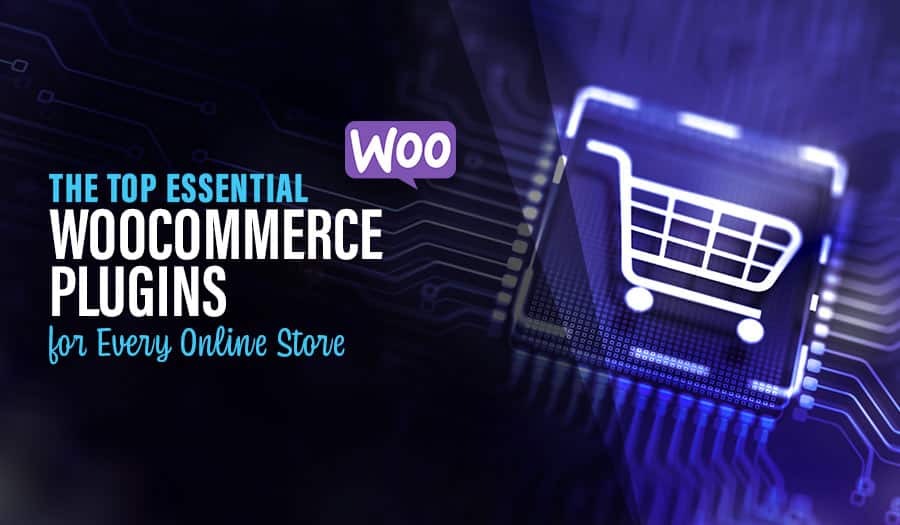The popularity of online shopping continues to grow, as more people turn to the Internet for an experience they could once find only in a physical store. A recent article from Business 2 Community predicts continued rapid growth for online retail around the world. This allows businesses to reach customers beyond geographic constraints.
One way that businesses can take advantage of this opportunity is to give customers a phenomenal e-commerce experience. Customers who arrive at your website to make purchases should want to return repeatedly.
Make your E-commerce Website User Experience better than a store’s
The following are six important tips for how to make your e-commerce website user experience better than a physical store:
- Make it easy for them to navigate your site.
Sometimes physical stores are large and confusing, and customers don’t always know where to go to get the products they’re looking for. Your website, however, can give them a much better experience. The navigation will be clear and intuitive. They’ll know what to click on. You’ll provide them with an easy way to search for things, and your properly labelled products will turn up in the relevant searches. - Give them rich sensory details.
Online, these will mostly be visual (though, depending on the product, you can also include audio). Show them videos of your products in action or in production. Give them high-quality images they can study as much as they want. Provide them with just the right amount of tantalising description, which you can also use to highlight your products’ feel, taste, and aroma (if these qualities are relevant). When possible, allow them to customise and to see what a product would look like when or other design features change. They can linger as much as they want at all hours over your products.
colour - Make FAQs your friend.
Customers who want to learn more about you and your products should be able to find this information on your site. An FAQ section keeps customers well-informed and gives them easy, efficient access to the information they’re likely looking for. And they don’t have to wait to speak to someone to get their questions answered. - Welcome them and let them know who you are when they arrive.
Write in a style that reflects your personality, and make sure your website’s colour scheme and other design elements all match the kind of business you’re operating. Provide them with top-notch security, protecting them as they enter their financial and contact information. Every step of the way, from when they arrive to when they complete their online purchase, customers should feel like they’re in trustworthy hands, getting the best customer service and buying the best products for their needs. You can accomplish this round-the-clock with your e-commerce site. - Show them they’re not alone.
At a physical store, customers often don’t know what the other shoppers think. But on your website, you can include reviews and testimonials. Anyone who visits your site can receive the reassurance that you’re well-regarded and come recommended by other people. - Always follow up with informative, personable emails.
Confirm their purchase, and let them know when it’s shipping. Make sure the emails you send don’t sound robotic. Ideally, they’ll convey your business’s personality and connect to customers with an engaging tone. Use the customer’s name in the greeting. With follow-ups, you can give customers more peace of mind and extend your relationship with them beyond the one purchase they just made.
Be sure to contact us for further advice on giving your customers a brilliant and memorable e-commerce experience. With a well-designed and secure e-commerce site, you can encourage more people to buy from you online and enjoy your website even more than they would a physical store.
Take your online store business to the next level with a Pixel Fish Ecommerce Website.
Read More
Australia’s E-Commerce Growth: It’s time to Embrace Online Selling
The Top 10 WooCommerce Benefits for Small Businesses
5 Ways E-marketing Can Drive Ecommerce Website Sales
5 Strategies to Fix Checkout Abandonment Rate
Top E-Commerce Web Design Trends



